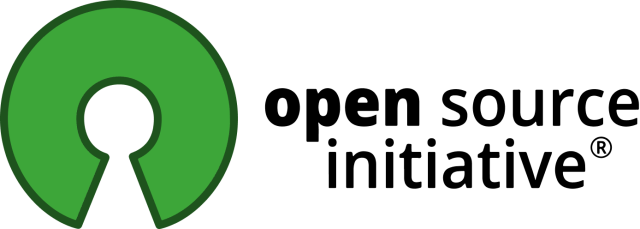How did you get involved with Open Source?
I first got drawn to open source mainly out of curiosity about how things work under the hood. I remember being fascinated by emulators—these amazing programs that create machines within machines. Being able to read the entire codebase, run it locally, make changes, and even contribute improvements became my natural learning path. It was like getting a backstage pass to see how the magic happens.
What’s Open Source to you?
To me, open source represents our collective digital inheritance. I firmly believe that nearly everything we build digitally today is only possible because we’re standing on the shoulders of giants who share their passion, code, and hard work. It’s a beautiful cycle—we use and improve upon others’ work, then pass those improvements forward. That collaborative spirit is really the soul of what open source means to me.
What projects are you involved in?
Digital Video Introduction has become one of my most recognized projects. It offers an approachable yet comprehensive guide to understanding digital video technology. I break down complex media concepts using clear explanations and visualizations. What makes me particularly proud is seeing it translated into multiple languages and watching developers worldwide contribute to our shared mission of demystifying video technology.
My FFmpeg Libav Tutorial provides hands-on guidance for developers working with this powerful multimedia program. It walks through fundamental processes like decoding, encoding, and manipulating media streams with practical code examples and step-by-step explanations—essentially bridging the gap between theory and real-world implementation.
With Linux Network Performance Parameters, I explore optimization strategies for the Linux networking stack. This resource helps sysadmins and developers understand kernel parameters and sysctl settings that impact network performance, backed by practical recommendations for various workloads and environments.
CDN Up and Running aims to demystify Content Delivery Networks by explaining the core concepts behind content distribution, caching strategies, and performance optimization, including practical examples for implementation.
I’m also behind Redlock-rb, which implements the Redlock distributed locking algorithm in Ruby. With over 35 million downloads, it provides a reliable way to acquire locks across multiple Redis instances.
How do you grow your community?
I believe community growth comes down to two principles: kindness and reciprocity. Creating a welcoming environment where newcomers feel confident to contribute is essential. Being kind creates that safe space. And giving back is what truly sustains and grows both communities and projects—it’s about nurturing that cycle of contribution that makes open source so powerful.
What’s the impact of AI on Open Source development?
Being completely transparent, I’m not an AI specialist—my perspective comes simply as a developer observing the community and using AI tools myself. I see AI as potentially empowering developers and accelerating improvements by leveraging our collective body of work. We can build better things faster, but there’s also risk in blindly accepting code suggestions or implementations without proper understanding. We could end up with codebases written by machines that few humans truly comprehend, creating maintenance and security challenges down the road. It’s a powerful tool that requires thoughtful application.
Main contact points
- https://github.com/leandromoreira/
- http://www.linkedin.com/in/leandromoreira
- https://leandromoreira.com/
Read stories shared by other maintainers.
This story was published under CC BY-SA by the author.
